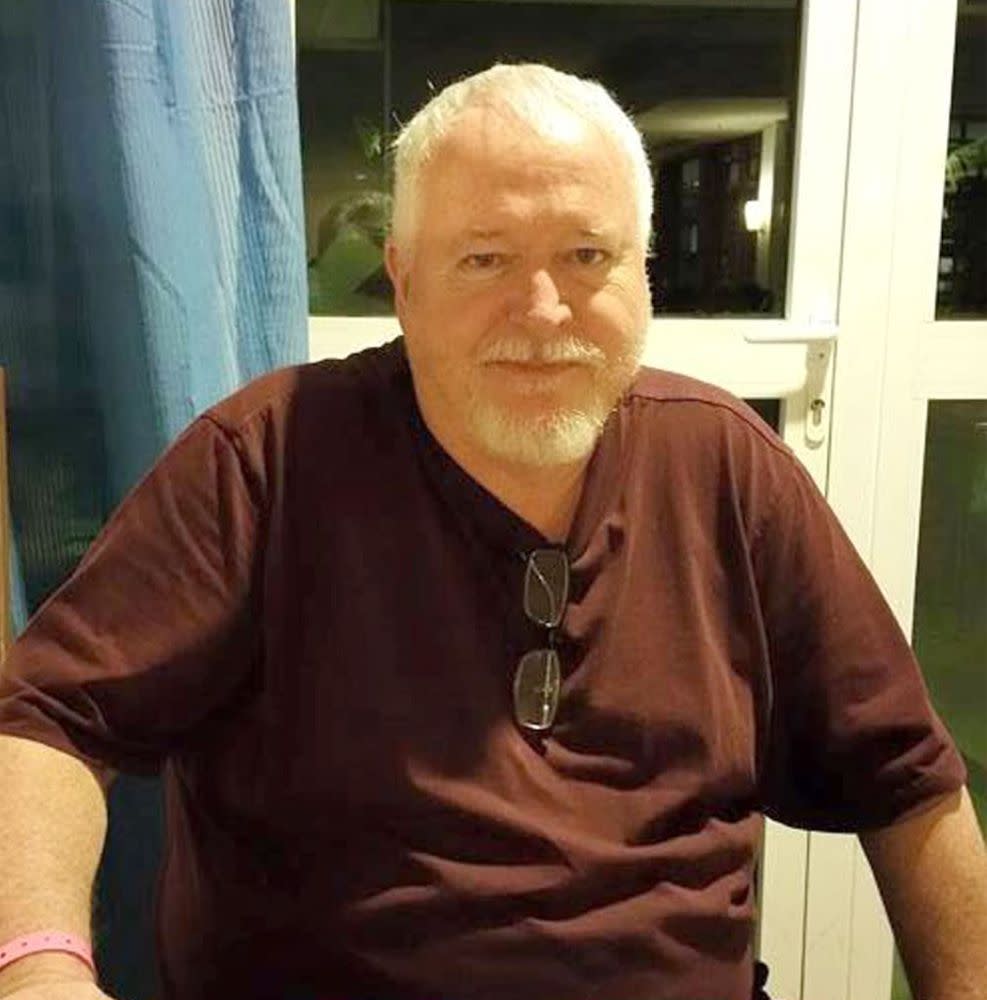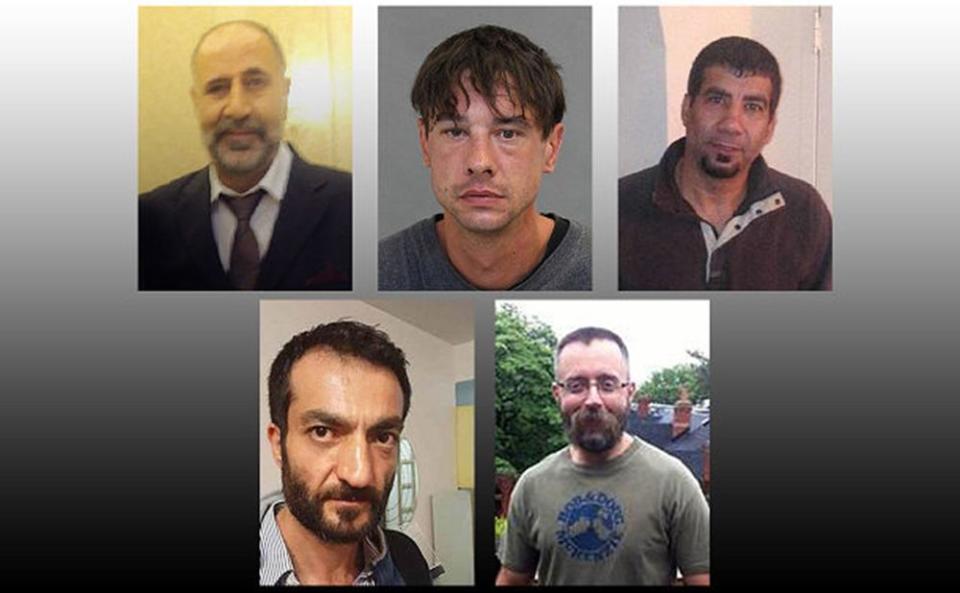Police Find More Human Remains in Planters as They Investigate Alleged Toronto Serial Killer

Police digging through planters in Toronto have recovered three more human remains as they investigate alleged serial killer Bruce McArthur, officials said Thursday.
The new remains were recovered from the pots that were seized from a home where the 66-year-old landscaper used as storage for his landscaping business.
So far, police have discovered the remains of six people, including those of Andrew Kinsman, a 49-year-old AIDS support group volunteer who went missing in June of 2017.
Toronto Police Service Sgt. Hank Idsinga tells PEOPLE that Kinsman had a sexual relationship with McArthur. “I can’t say for how long it had been going on.”
On January 18, McArthur was charged with the murders of Kinsman and Selim Esen, a 44-year-old immigrant from Turkey, who was reported missing in April of 2017. Late last month, police charged McArthur with the additional slayings of Majeed Kayhan, Soroush Mahmudi and Dean Lisowick.

Kayhan, a 58-year-old immigrant from Afghanistan, was reported missing by his son and is believed to have been killed on or about Oct. 18, 2012.
Mahmudi, a 50-year-old father of two, was reported missing by his family in August of 2015.
Police believe Lisowick was killed between 2016 and 2017.
Police have yet to determine if the remains found so far are those of Esen, Kayhan, Mahmudi and Lisowick.
“We hope to identify them soon,” says Idsinga.
McArthur allegedly targeted men in the city’s Gay Village.
Idsinga says investigators expect to find even more victims. “We’re recovering bodies as we speak.”
Last month, investigators found the dismembered, skeletal remains of three unidentified victims “hidden at the bottom of planters” at the Mallory Crescent home where McArthur used as storage for his landscaping business. The three additional remains were also found in pots from the same residence earlier this week.

• Want to keep up with the latest crime coverage? Click here to get breaking crime news, ongoing trial coverage and details of intriguing unsolved cases in the True Crime Newsletter.
Where McArthur allegedly dismembered the remains is still unknown.
“The next question is where was he actually cutting these bodies up,” says Idsinga. “And I’m sure we’ll get an answer for that, but right now we just don’t know.”
Idsinga says investigators recovered a total of 15 planters from locations around Toronto where McArthur did landscaping after the department’s canine unit alerted on them.
Authorities also began excavating the backyard of the Mallory Crescent residence Wednesday.
“Depending on whether we find anything in that backyard, we may have to go back to some of these other addresses and excavate backyards at some of these other locations as well,” he says.
Police have also expanded their search to other areas in Ontario where McArthur worked as a traveling salesman in the 90’s before he moved to Toronto.
“We are compiling a timeline of places where McArthur has lived and traveled,” says Idsinga. “Depending on the evidence that we uncover here in Toronto, we will expand our inquiries and investigation into other jurisdictions. We already have been contacted by other jurisdictions in regards to their outstanding murders and disappearances, and we remain cognizant of those while we continue our investigation.”

• For more compelling true crime coverage, follow our Crime magazine on Flipboard.
A motive for the slayings still remains unclear. “I don’t know what Bruce McArthur’s triggers were. We’ll find out. The investigation is still ongoing and we still have victims to be identified and more charges to be laid. So hopefully we get some answers.”
“I think it’s your classic serial killer case like the John Gacy’s and the Ted Bundy’s of the world,” adds Idsinga. “It’s just something we don’t regularly see up here.”

